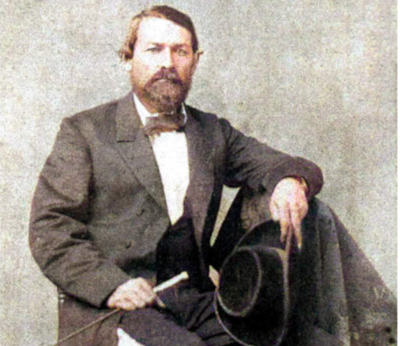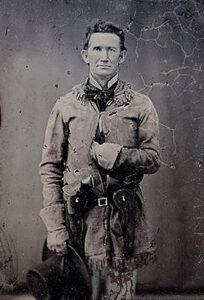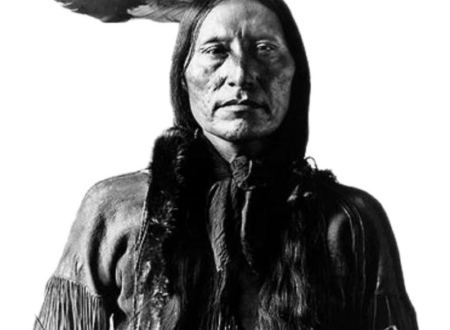Juan Nepomuceno Cortina Goseacochea was born on May 16, 1824, the son of Trinidad Cortina and Estéfana Goseacochea, a wealthy cattle-ranching family in the small village of Camargo, Tamaulipas, Mexico, just a block from the town’s small Plaza.
Upon his birth, his family’s Espiritu Santo land grant covered over 260,000 acres. When he turned three, his family moved to the Rio Grande Valley, as his mother had inherited vast areas of Espiritu Santo near Matamoros and Brownsville.
His family moved to Matamoros, Mexico, where he grew up, near the Mexican Army’s headquarters. This influenced settler’s attitudes towards Mexicans in the 19th century. Those who knew him claimed he was brave, bold, and daring. Juan spent his early years riding horses, driving cattle, and serving as a traveler guide.
Considered a Mexican/Spanish hero by his peers, Juan Nepomuceno Cortina stood up to the Anglo-American settlers who arrived in the Rio Grande Valley around 1830 to 1880 to settle on land that was already occupied by the Native and Spanish/Mexican people.
“An influential man in his class of rancheros on account of his recklessness.”
-John (Rip) Ford
Also known by his nicknames “Cheno Cortina,” “the Red Robber of the Rio Grande,” and “the Rio Grande Robin Hood,” Juan Cortina was a Mexican rancher, politician, military leader, outlaw, and folk hero. He was an influential caudillo, military general, and regional leader, effectively controlling the Mexican state of Tamaulipas as governor. In borderlands history, he is known for leading a paramilitary-mounted Mexican militia in the failed Cortina Wars, which consisted of raids targeting Anglo-American civilians whose settlement Cortina opposed near the land granted to his wealthy family on both sides of the Rio Grande. Anglo families began immigrating to the Lower Rio Grande Valley after the Mexican Army’s defeat by the Anglo-Mexican rebels of the Mexican State of Tejas in the Texas Revolution.
In 1846, at the age of 22, he joined a Mexican Army unit led by Gen. Mariano Arista, who had arrived in Matamoros to confront the advancing forces of Gen. Zachary Taylor. Arista requested Cortina to assemble a force from the local vaqueros (Mexican cowboys) who worked for him and other nearby ranches. This irregular cavalry unit, known as the “Tamaulipas,” was placed under his command and participated in the battles of Palo Alto and Resaca de la Palma as the Mexican–American War began.”
From 1836 to 1848, when Cortina was 12–24 years old, parts of the Cortina Grant north of the Rio Grande River were in the disputed territory between the Rio Grande and the Nueces Rivers, claimed by both Mexico and the Republic of Texas. This situation had a significant impact on Cortina’s perspective on government and power. After the United States defeated Mexico in the Mexican–American War in 1848, Mexico was forced to cede the disputed territory to Texas. Cortina opposed this concession.
The incident sparked a nine-month conflict on the border, leading to Cortina’s rebellion against the white settlers who came to the United States to displace the natives and claim the land that originally belonged to the Native Americans, Spanish, and Mexican people.
During the summer of 1859 in Brownsville’s Market Square, Cortina witnessed a scene that led to what is known today as “The Cortina Wars.”
Brownsville’s City Marshall, Robert Sheers, arrested an elderly man who was a former ranch hand at Cortina’s mother’s ranch. Some versions of the story say the man was drunk and causing a scene outside at a local coffee shop in the plaza.
His followers were known as the “Cortinistas.”







